Discovering Rome’s neighborhoods (or “rioni”) offers the curious visitor a more multi-layered experience in this city of nearly three million people.
The best neighborhoods in Rome include the ancient structures of Centro Storico areas such as Campo Marzio; the ever-popular nightlife of Trastevere; and the lesser-known food scenes and vibrant artistic life of Prati or Pigneto.
Explore the range of experiences offered by the most interesting of the city’s many neighborhoods. Which is the best, of course, is purely a matter of opinion.
Trastevere
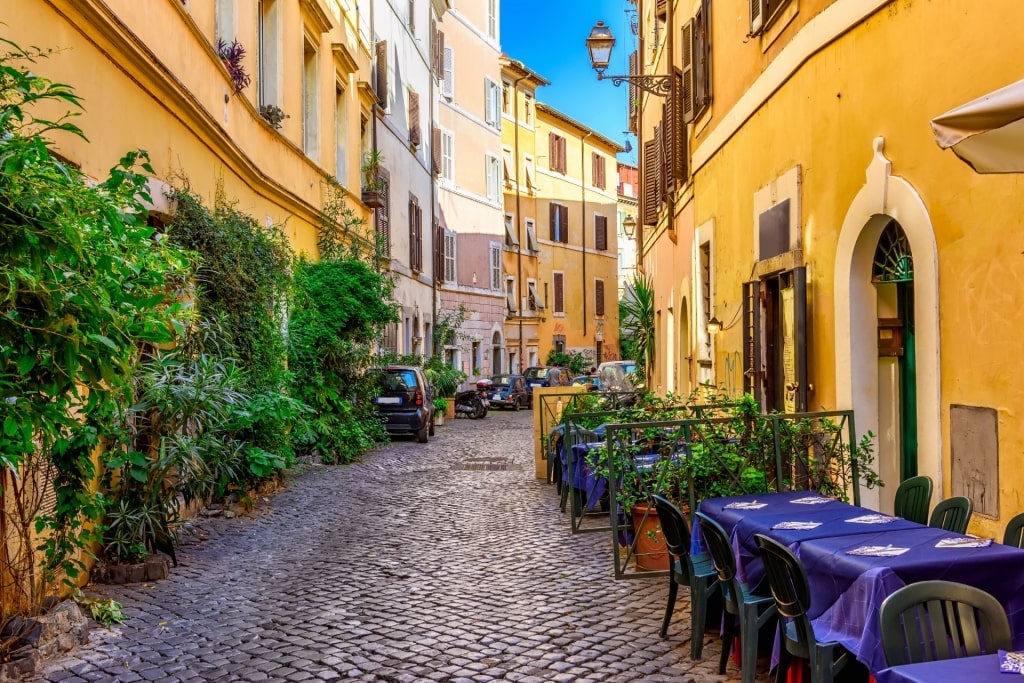
Trastevere
With its name translating to “across the Tiber”, Trastevere is the Roman neighborhood of your dreams. Meandering cobblestoned lanes are ornamented with flower boxes that bloom above chrome-plated Vespas.
Trastevere used to be a crowded working-class neighborhood. Today, it’s been transformed into one of Rome’s most popular neighborhoods, especially for nightlife.
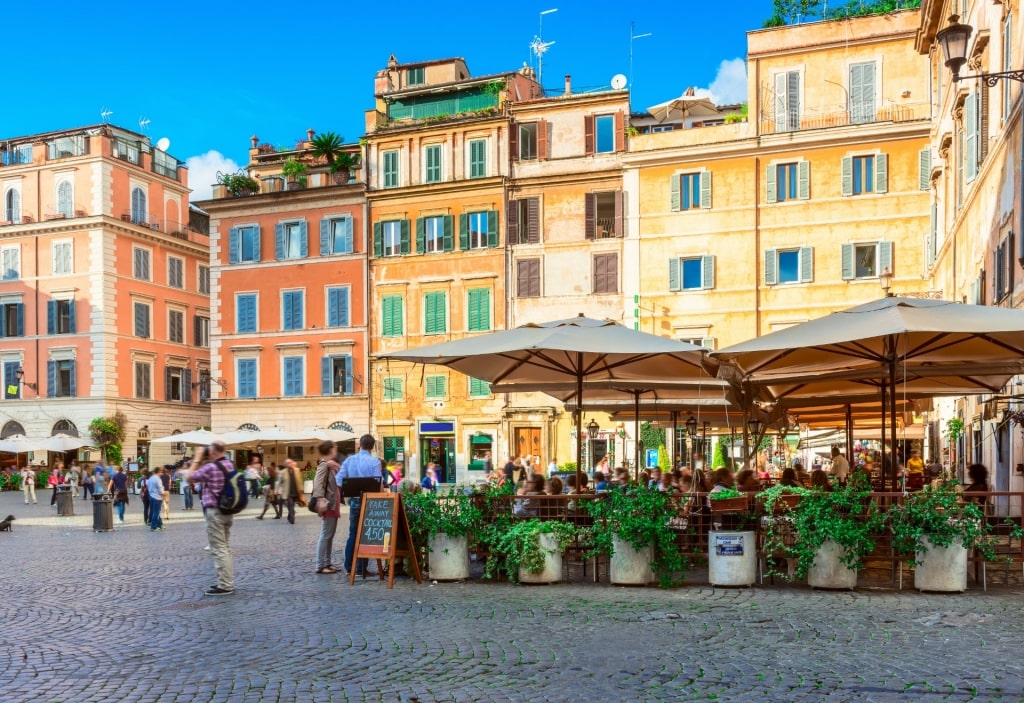
Trastevere
Its long history remains very much visible and intact. Amid the medieval homes, you’ll come across one of the city’s oldest churches in Santa Maria, its interior luminous with intricate mosaics. You’ll also find the Portico di Ottavia here, on the border with the Jewish Quarter, an ancient war monument dedicated by Emperor Augustus to his sister.
And be sure to make time for the Renaissance-era Villa Farnesina, an Italian Renaissance masterpiece filled with exquisite frescoes.
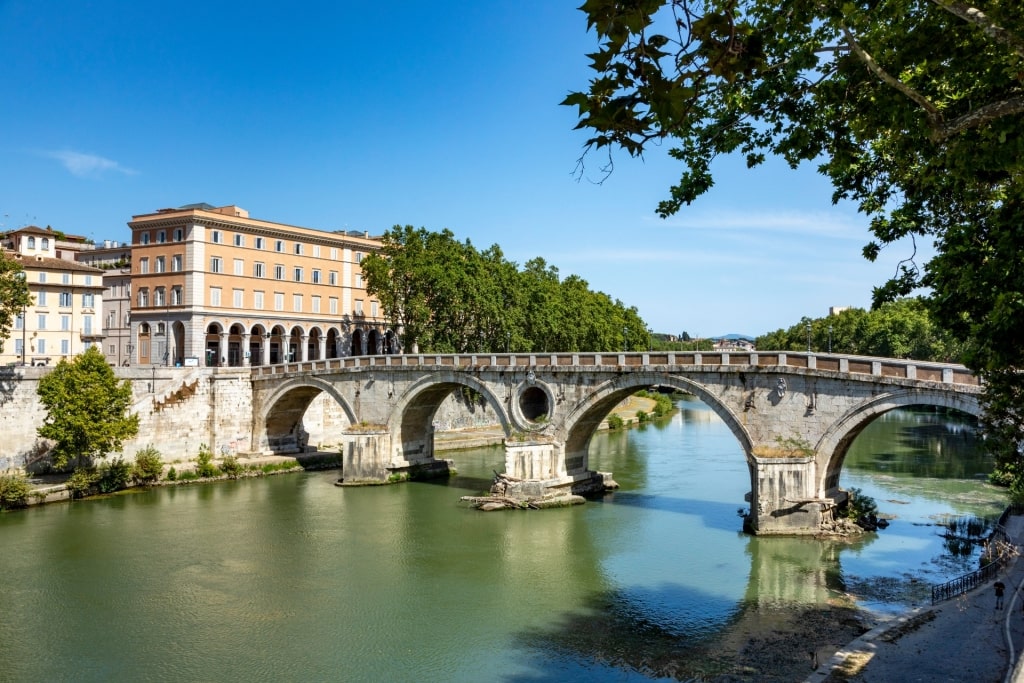
Ponte Sisto
But return in the evening, when the Ponte Sisto bridge vaulting the Tiber is softly lit from below. A nightlife favorite for the Roman populace, this corner of the city is removed from the crowds but never dead.
Best of all, its local trattorias are feted for their traditional cuisine, although tiny Mozzichi, if you can get a table, offers a delicious modern spin.
Read: Best Places to Explore Rome Off the Beaten Path
Campo Marzio
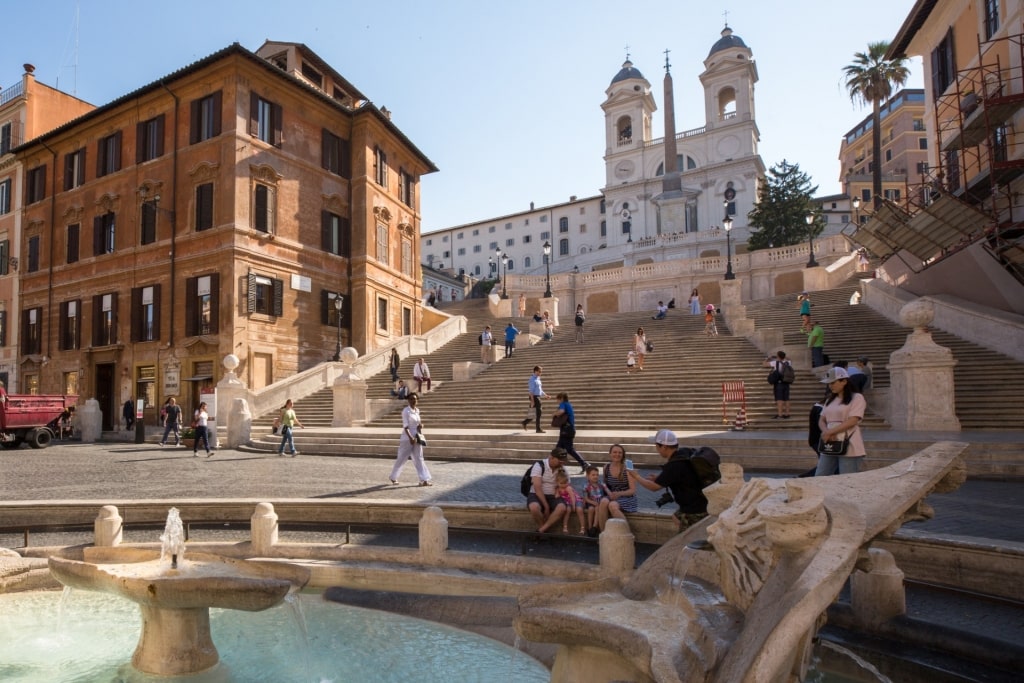
Spanish Steps
One of the historic rioni of Rome’s Centro Storico, Campo Marzio was once an army training ground (its name translates from the Latin as the “Field of Mars”).
Today, it’s a place of grand monuments, elegant palazzos, and capacious piazzas. It’s easily one of Rome’s best neighborhoods to visit for your cultural fix.
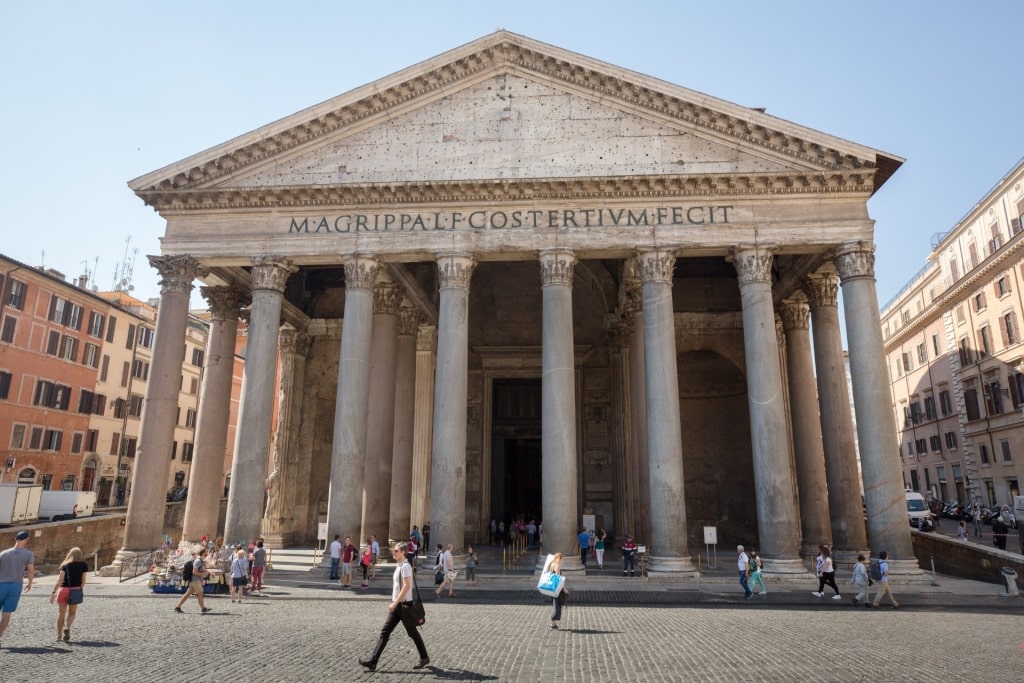
Pantheon
You’ll come here to take selfies on the Spanish Steps, wander the expanse of the Piazza del Popolo (a cultural hub for the city), and peer up at the ancient oculus of the Pantheon. You can also quickly get to other must-see sights in the city’s heart, such as the Trevi Fountain.
Campo Marzio is also renowned for having some of the best shopping in Rome. Find your way into the Tridente—Rome’s high-end shopping quarter delineated by a trio of squares (the piazzi Cardelli, Venezia, and di Spagna). Also head to via del Corso, a major road that cuts through the neighborhood, for excellent, less high-end boutique browsing.
EUR
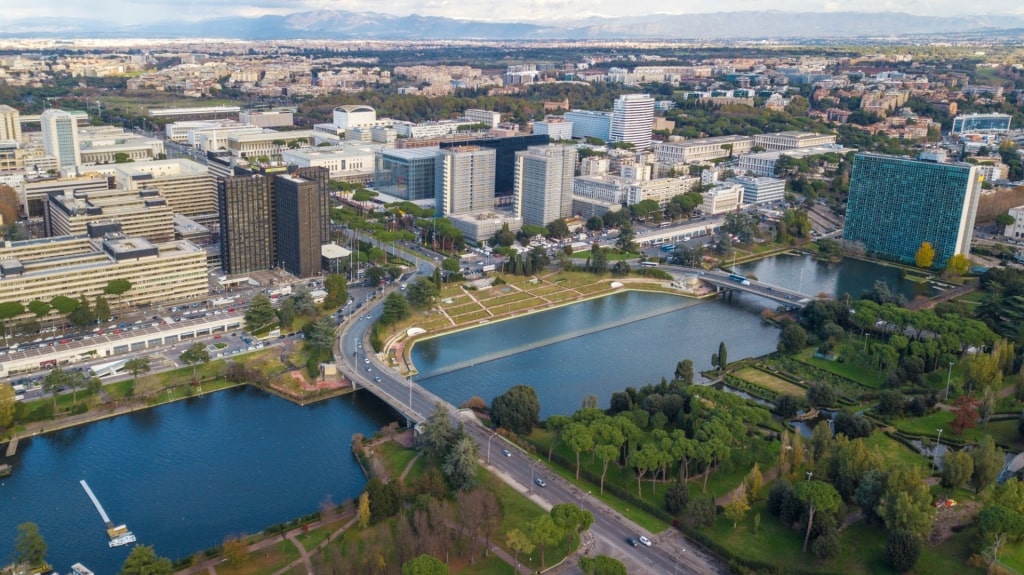
EUR
Now for one of Rome’s neighborhoods that offers something completely different. The Esposizione Universale Roma (EUR) is a district located in the south of the city. As its name suggests, it was created to host the 1942 World Fair which Mussolini intended to use as a demonstration of fascist Italy’s soft power.
Its completion was interrupted by the onset of World War II but this showcase of fascist architecture remains in use today. Forget the charming medieval lanes and cobblestones of inner Rome—the architectural vision here is one of unflinching symmetry, grand avenues, and a colossal amount of shiny white limestone.

Palazzo della Civiltà Italiana
Today, it’s a residential area as well as a business district. Its most iconic building is the travertine-clad Palazzo della Civiltà Italiana (also known as the “Square Colosseum”) which today houses the headquarters of Fendi.
Prati
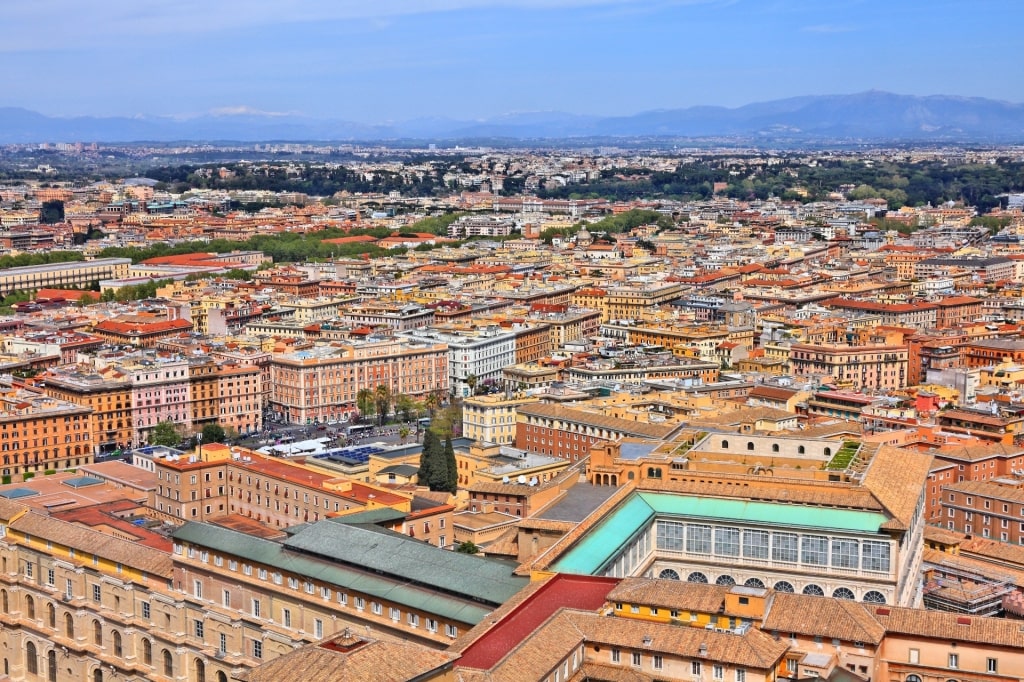
Prati
On the opposite side of the Tiber from the Centro Storico and north of the Vatican, Prati offers a glimpse of a more contemporary side of the city.
Built on what was once marshland, this 19th-century neighborhood is one of Rome’s wealthiest, adorned with Liberty-style architecture, quiet, tidy squares like Piazza Cavour, and tree-lined streets.
It’s a good neighborhood to discover after a visit to the adjacent Castel Sant’Angelo. Enjoy a relaxing shopping sojourn on Via Cola di Rienzo, one of Prati’s main streets. This neighborhood is also full of superb trattorias, as well as the cones full of refreshing apricot pulp gelato found at vegetarian-friendly Gelateria La Romana.
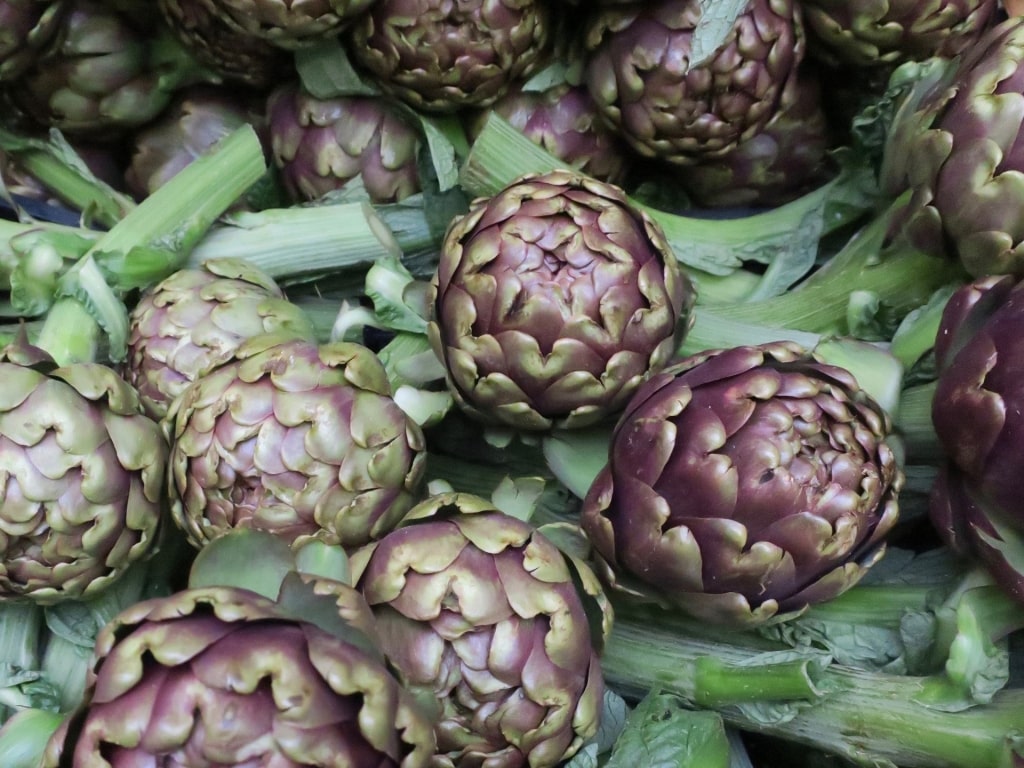
Artichokes
Afterward, check out the local color at Mercato Trionfale—Rome’s original neighborhood market located on Via Andrea Doria. Despite its proximity to the Centro Storico, the market offers an authentic look at unselfconscious Roman life.
Read: How to Spend 3 Unforgettable Days in Rome
Garbatella
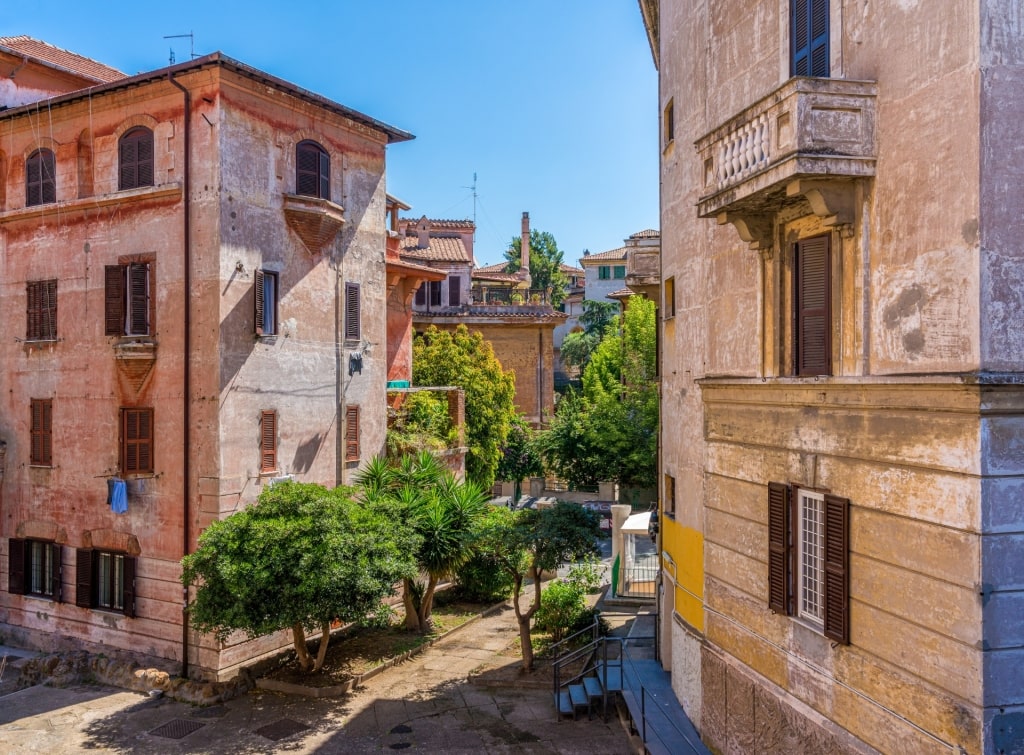
Garbatella
In the 1930s, Garbatella was a working-class quarter with an unenviable reputation for being the most densely populated of Rome’s neighborhoods. Today, it’s an understated district with a rising popularity ignited by a steady influx of Roman hipsters.
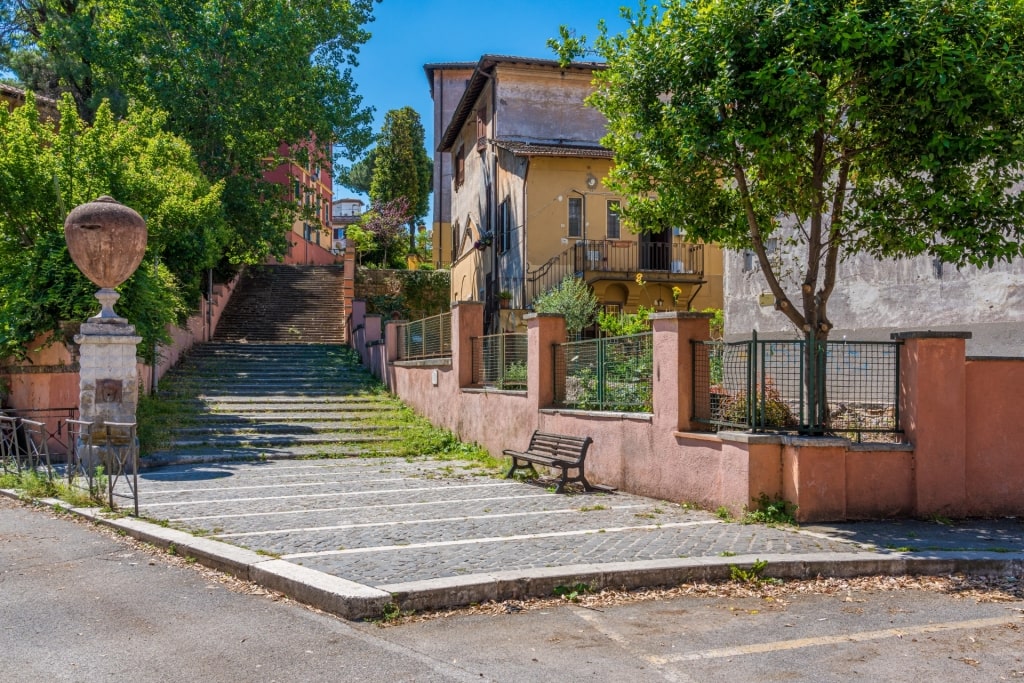
Garbatella
Garbatella was originally well known for its intriguing urban planning, where the so-called “lotto-style” footprint was implemented (think buildings clustering around shared courtyards). In stark contrast with the grandeur of central Rome, Garbatella was designed to be a place for the city’s blue-collar citizens.
Today, it’s one of the best neighborhoods in Rome, a thriving cosmopolitan area full of artists, students, and wine bars spilling into the streets.
Explore for a taste of Rome away from the tourist trail, and stop into Il Ristoro degli Angeli for a taste of hyper-local stewed potatoes in the typical Garbatella style. The food fantasy that is Eataly, a vast culinary emporium where you can try authentic Roman food, is also nearby.
Monti
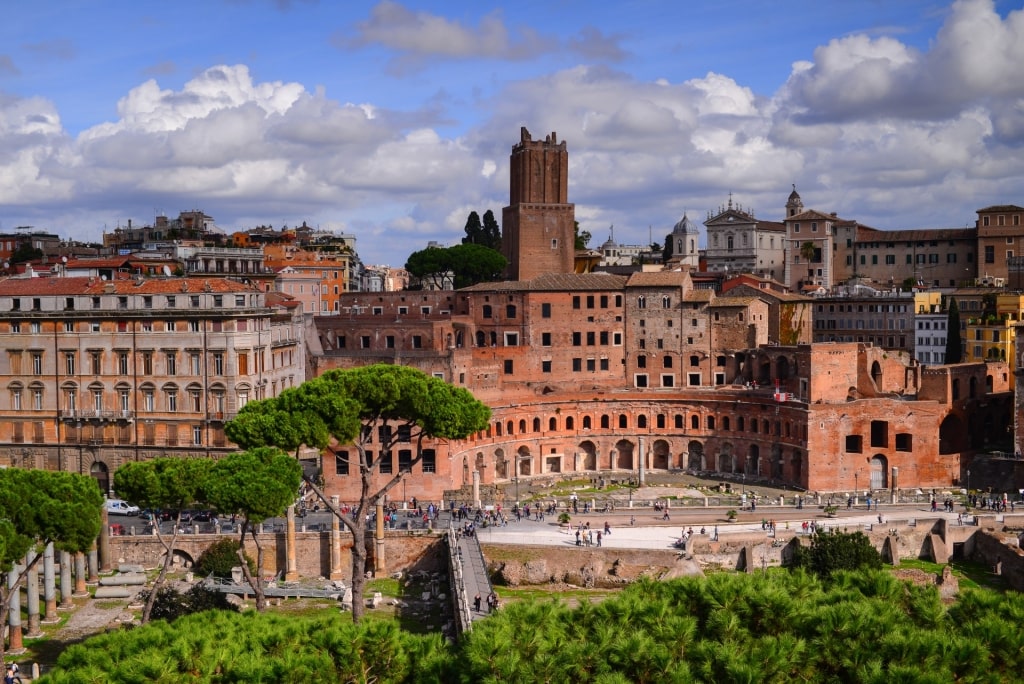
Monti
The first “rione” of Rome, Monti—named for Rome’s seven hills—is located in the city’s heart. It’s been an address for millennia, and as you walk around its smoothly cobbled alleys, you can really sense the history worked into the cracks between the buildings.
This ancient place bore witness to Rome’s early stories, from gladiators training in the Ludus Magnus to the more prosaic existence of the lower orders who once claimed Monti as their own.
Formerly a slum and the epicenter of Rome’s seedier side, Monti has changed its colors over the centuries and risen to become one of the best of Rome’s neighborhoods.
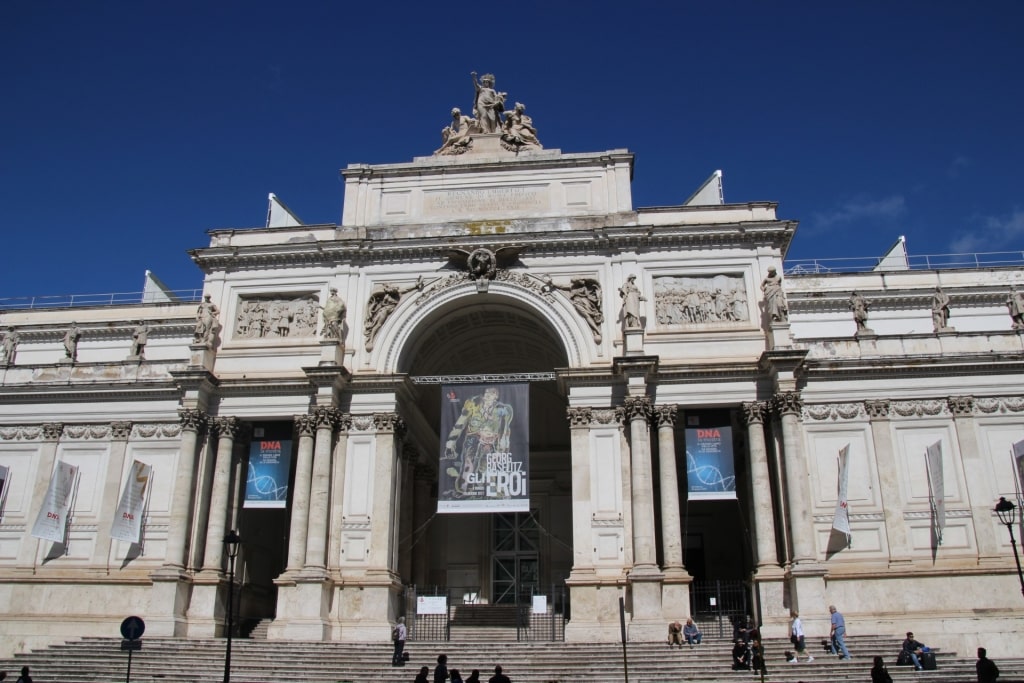
Palazzo delle Esposizioni
A short ten-minute stroll north of the Colosseum, this buzzy, youthful neighborhood offers a variety of delights.
Drink in more ancient history at the Trajan’s Market with its beautifully preserved marble floors, or duck into the Palazzo delle Esposizioni for art exhibitions (as well as a superb restaurant).
Or rest your legs and sip espresso while you people-watch at Piazza della Madonna dei Monti.
Pigneto
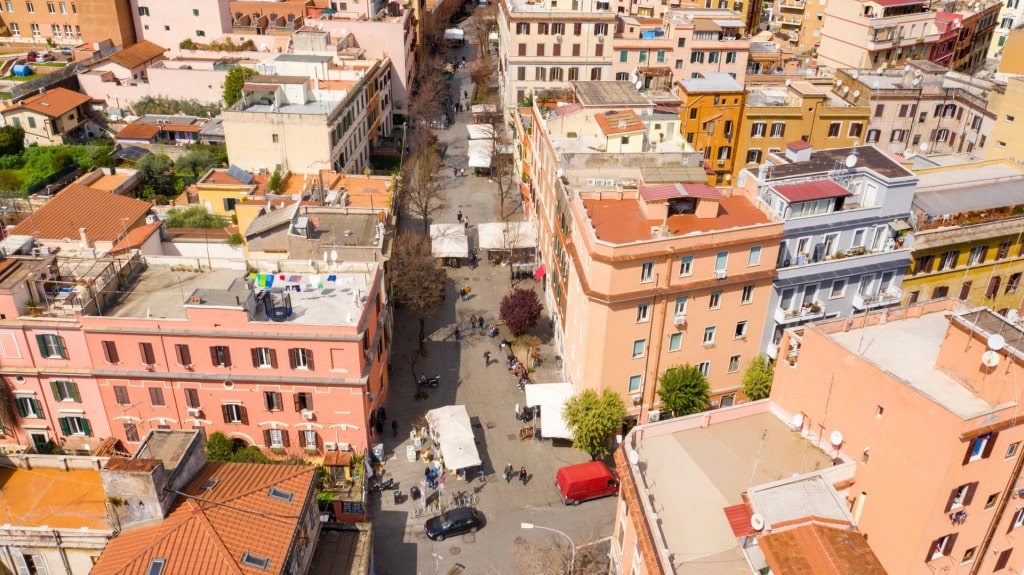
Pigneto
One of Rome’s coolest corners, Pigneto is often likened to Brooklyn or the hipster vibes of Shoreditch in London. Once a working-class district inhabited by railway workers—its layout was inspired by English industrial cities—Pigneto has today blossomed into a gentrified creative hub.
Its moment came in the mid-20th century when Pigneto’s hodge-podge of liberty and baroque architecture became the go-to backdrop for a number of Italian neorealist films. The quarter became beloved by leading artists such as writer/director Pierpaolo Pasolini, and the cool kids began to move into this once-neglected, crime-ridden neighborhood.
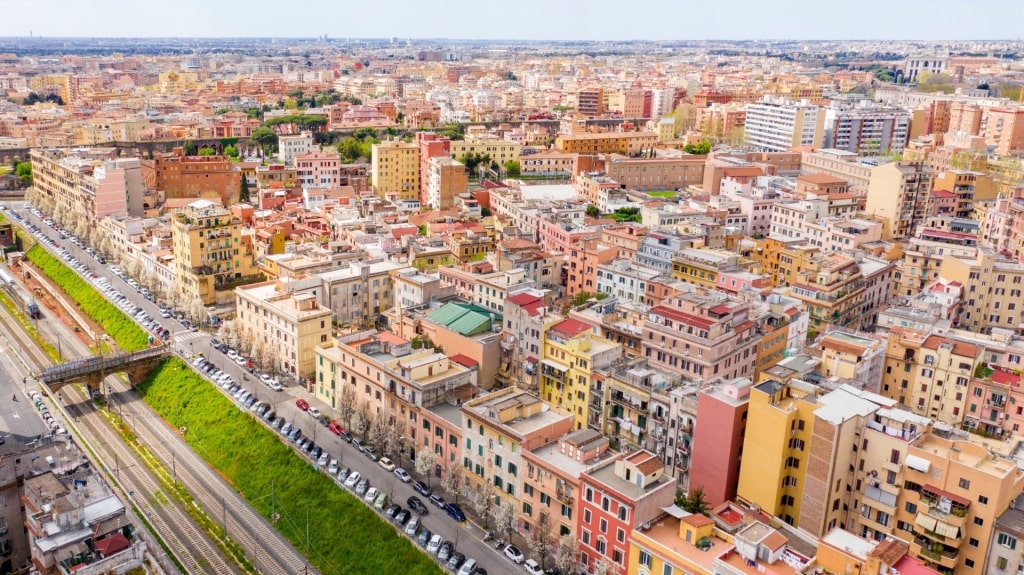
Pigneto
Touring boho Pigneto is to take a break from the classic idea of Rome and instead find something modern and more alternative.
And Rome being one of the best art cities in the world, you’ll marvel at the immense murals and stunning street art around almost every corner as you explore. Stay for aperitivo hour, finding a spot for a Spritz on the pedestrianized Via del Pigneto, the neighborhood’s vibrant main artery.
Esquilino
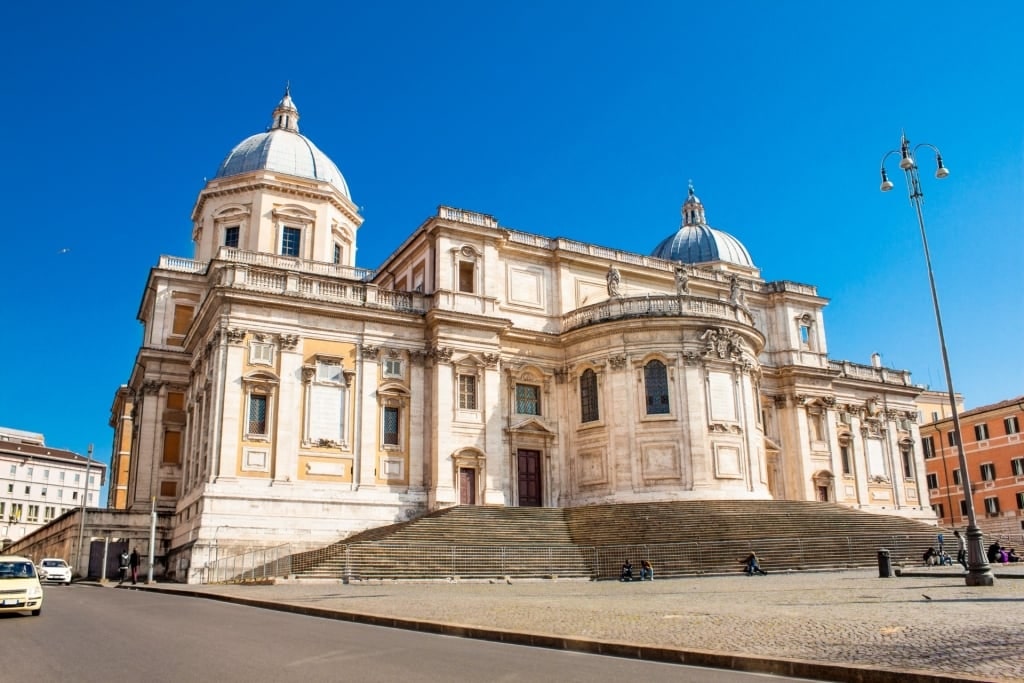
Esquilino
Another of Rome’s original Seven Hills, Esquilino has a long and winding history that takes it from being a lofty address for the Roman Empire’s upper classes to the vibrant multicultural neighborhood that it is today.
Key to its transformation was the construction in the 19th century of the main Termini railway station which saw Esquilino become a commercial hub in the city. Immigrants moved into the area, weaving a cultural tapestry that included Chinese, Eastern Europeans, and Africans.
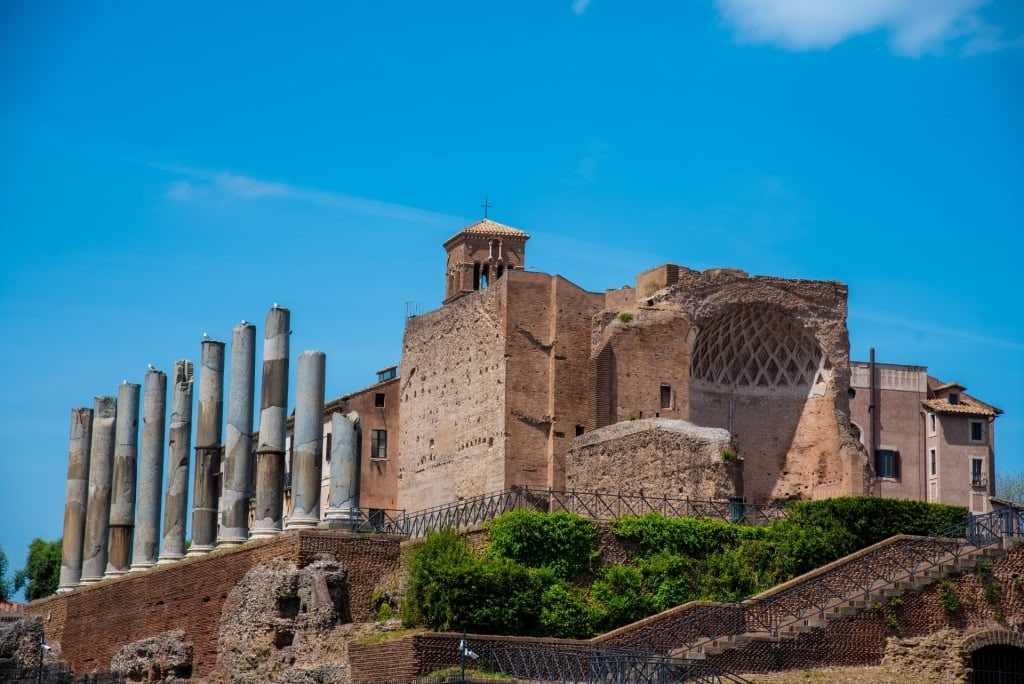
Domus Aurea
Wandering amid the international color of the restaurants and bars lining its piazzas and streets, you come across a number of Roman museums and stand-out archaeological sites. These include the Domus Aurea—Emperor Nero’s former palace—as well as the pink-brick remains of the Baths of Trajan.
Slightly less high profile is the Porta Alchemica—a mysterious “magic door” near Piazza Vittorio that’s connected to medieval alchemy, dating back to the early 1600s.
Borgo
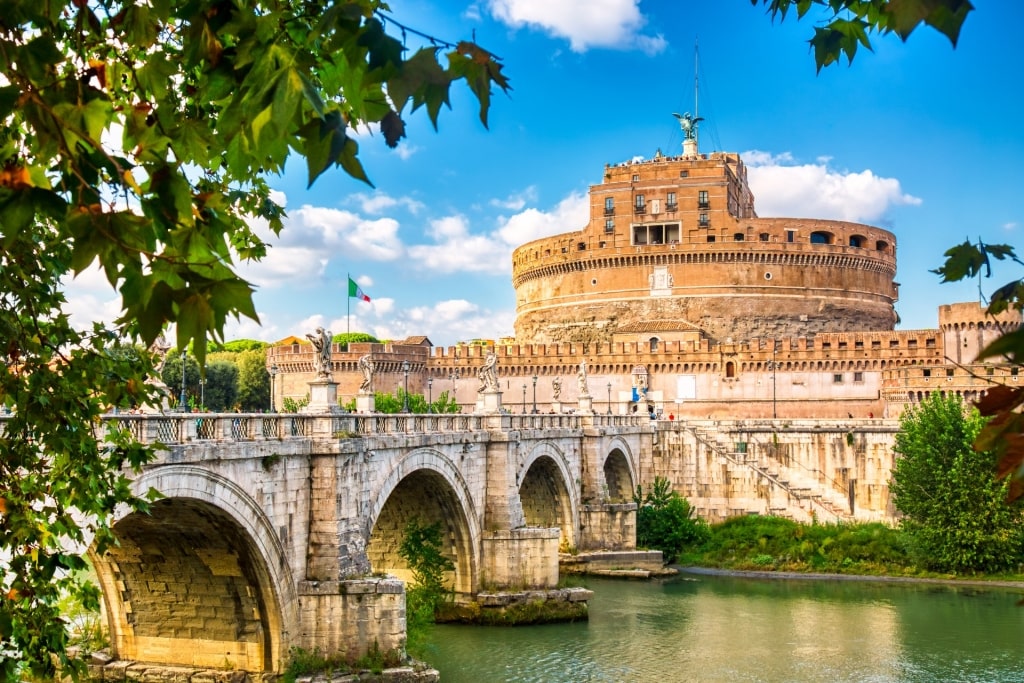
Borgo
One of the oldest rioni, Borgo’s history as one of Rome’s neighborhoods has long been shaped by its proximity to the Vatican. You’ll find this intriguing area in the shadow of a medieval wall that connects Castel Sant’Angelo with the Papality.
Borgo in Italian means “village”, and this name was related to the medieval encampment here of artisans, workers, and pilgrims with business at the Vatican. Today, the influence of the See of Rome still extends over this part of the city. Sections of Borgo are undeniably touristy due to its proximity to St. Peter’s and the Vatican Museum.
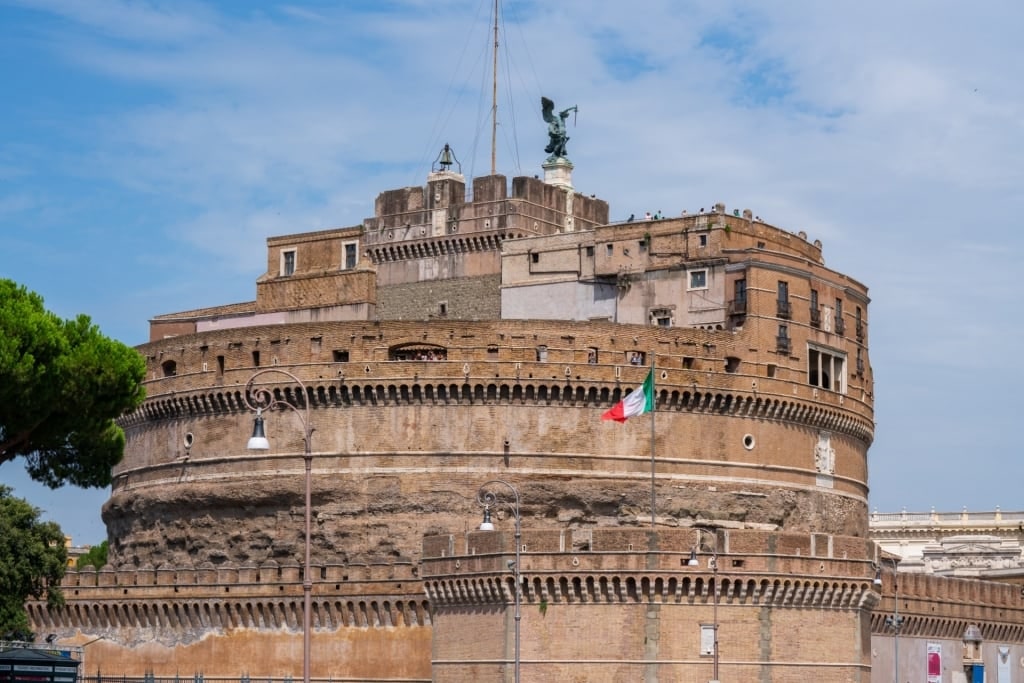
Sant’Angelo
Beyond the shops selling souvenirs to the faithful, Borgo retains much of its antique charm, especially among its quieter alleys and courtyards.
Of course, one of its main draws is Rome’s only castle, Sant’Angelo, although a stroll here will bring you to the city’s oldest hospital in Santo Spirito as well as numerous other gems of medieval architecture.
San Giovanni
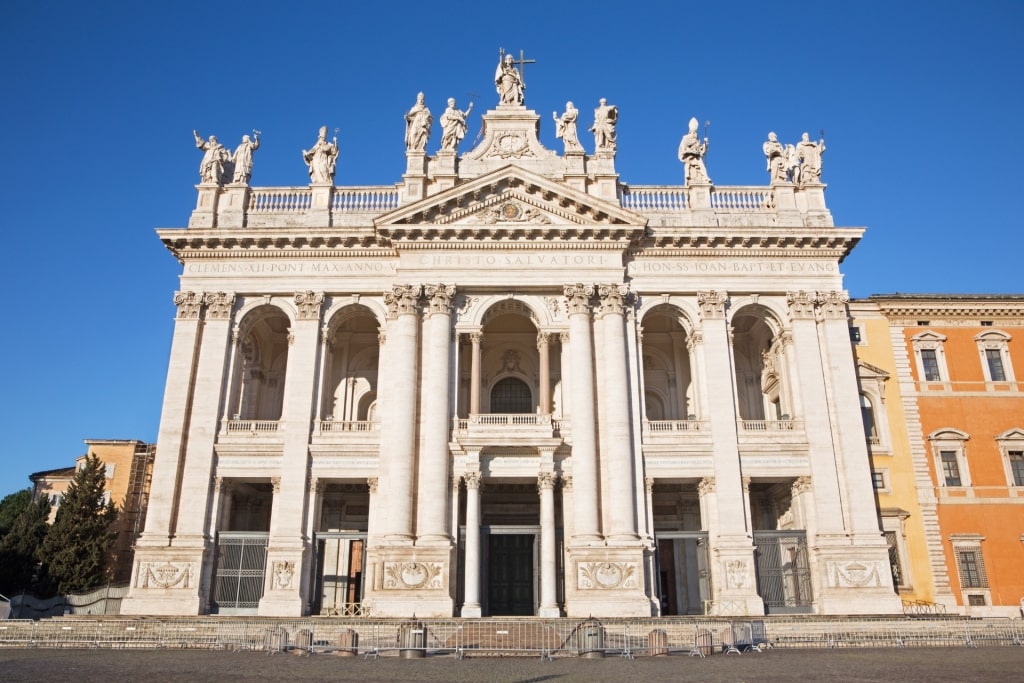
Basilica of San Giovanni
Named for the cathedral of Rome, the neighborhood of San Giovanni contains at its heart the “Mother of all Churches”.
You’ll find San Giovanni about a ten-minute walk from the southeast edge of the Centro Storico, passing the tiered arches of the Colosseum on your way toward via Labicana. The Duomo, one of the city’s four major basilicas, is typically the mosaic-clad draw that initially pulls the curious to San Giovanni.
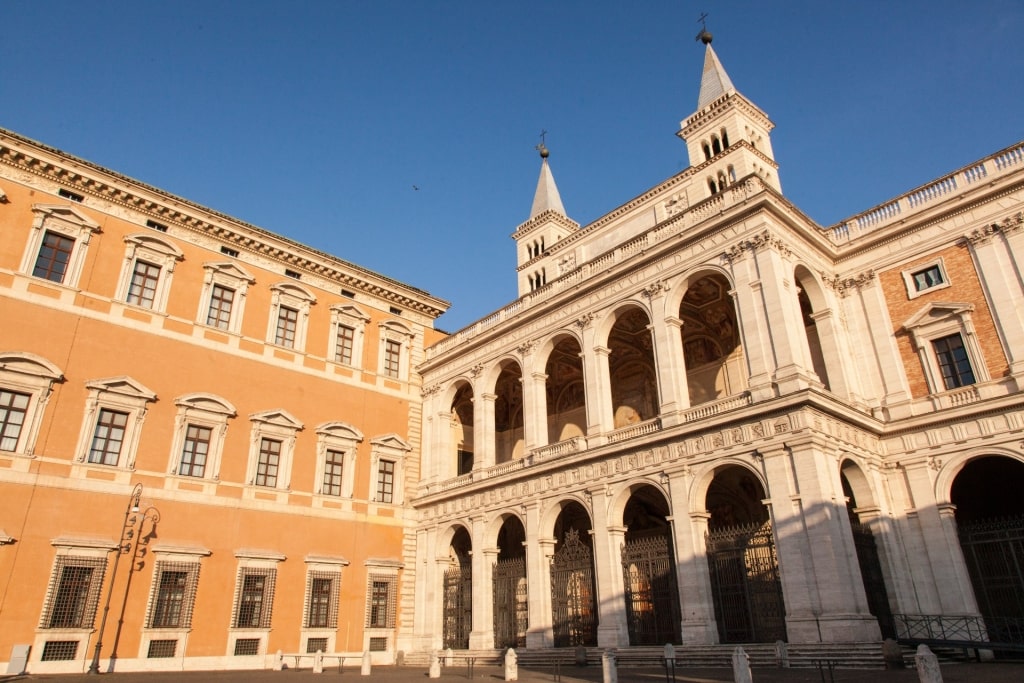
Lateran Palace
Adjoining the Roman church is the Lateran Palace, once the principal residence of the popes and today the home of the Vatican Historical Museum.
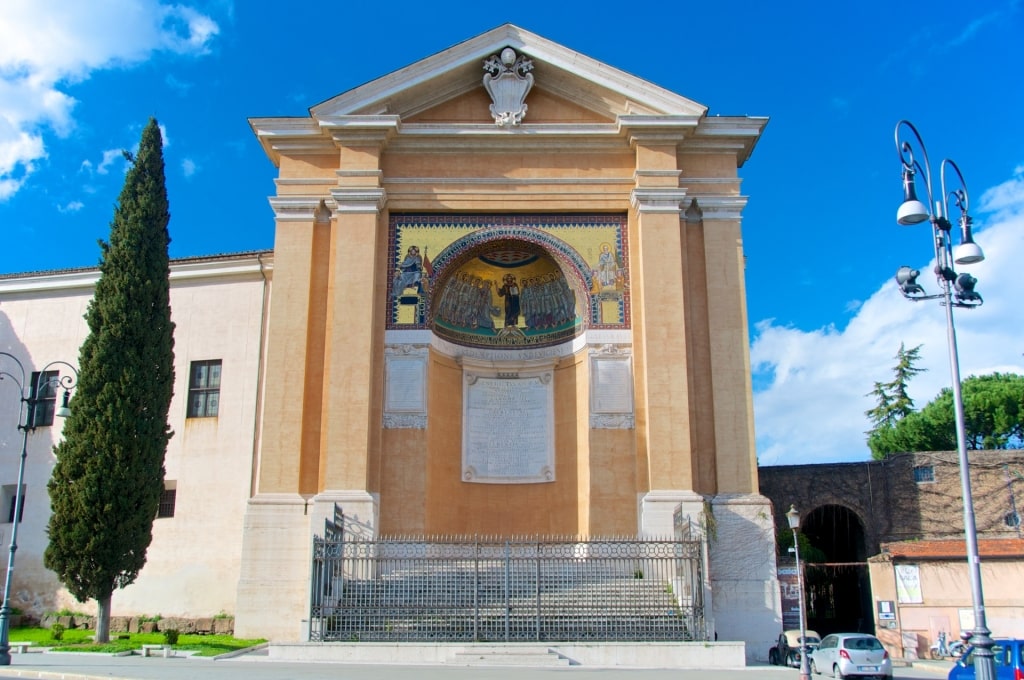
Holy Stairs
Completing a trinity of holy sights is the Scala Santa, or Holy Stairs. This stairway is believed to have been climbed by Jesus as he made his way to his trial with Pontius Pilate. You might even see religious visitors attempting to climb the stairs on their knees as a sign of their devotion.
Despite its situation close to major sights like the Colosseum, San Giovanni has retained an authentically Roman vibe. Walk along via Appia Nuova to soak it up, maybe diverting to Osteria San Giovanni on via Domenico Fontana for some cacio e pepe.
Parioli
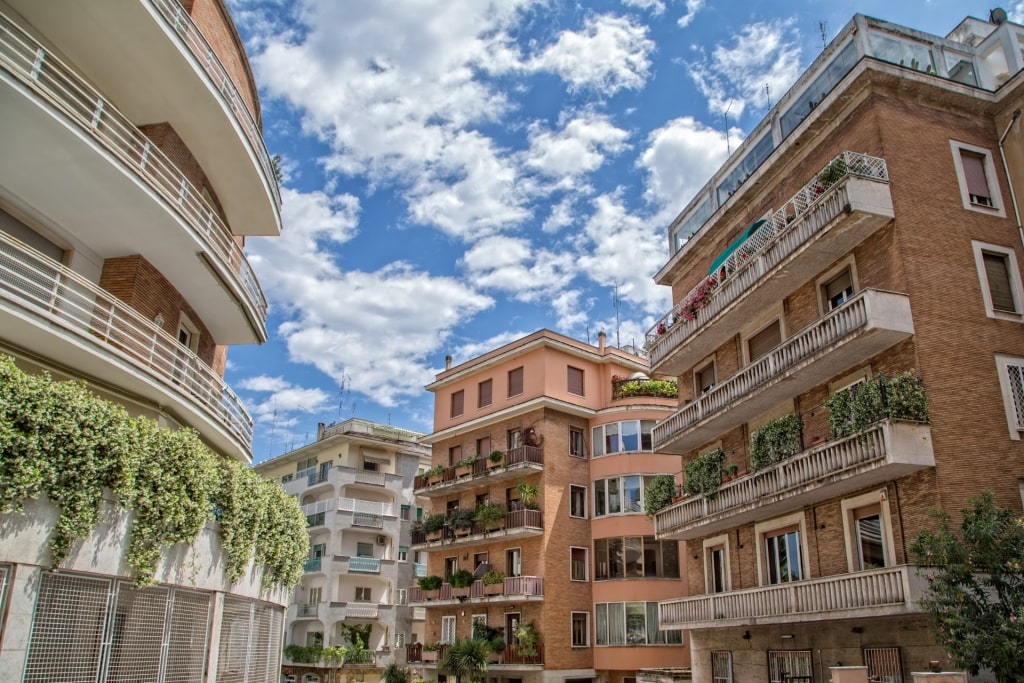
Parioli
A (literal) breath of fresh air amid Rome’s churning, traffic-heavy streets, Parioli is an upmarket neighborhood well-loved by the citizenry for its outstanding green spaces.
You’ll find Parioli north of the Centro Storico, where the maze-like alleys and ancient buildings give way to more modern architecture and spacious avenues. Developed in the early 20th century, Parioli swiftly became a hub for the well-heeled and influential, with its proliferation of high-end boutiques and fine dining restaurants.
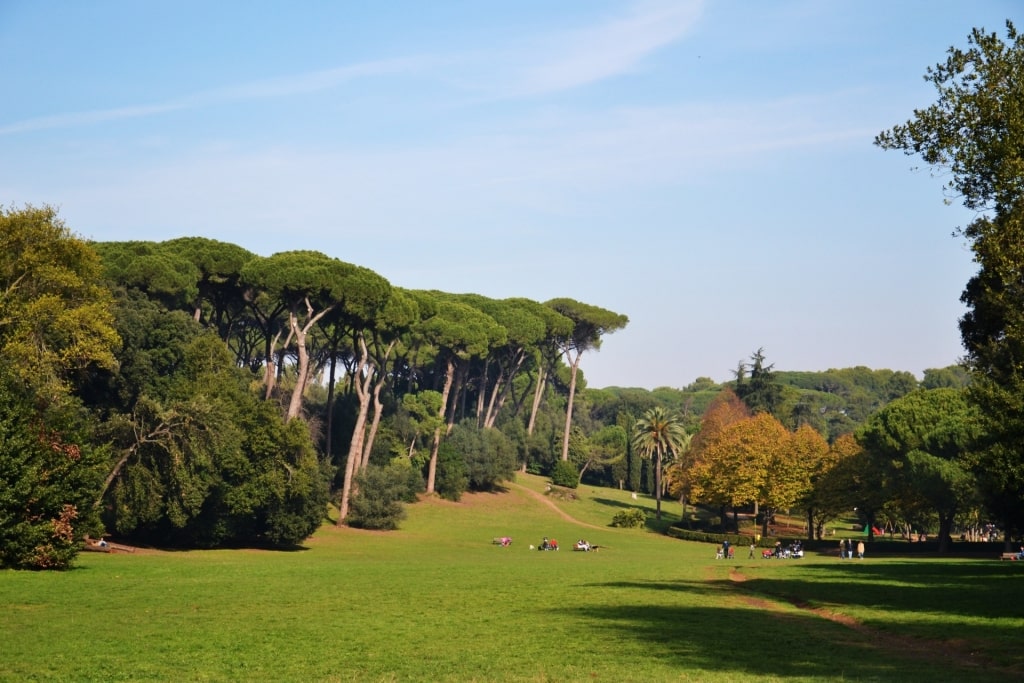
Villa Ada
Most people, however, come for the greenery. Parioli is the location of the nearly 450-acre Villa Ada public park. Here, you can wander beneath the canopy of umbrella pine woodland that was once the preserve of the Italian royal family.
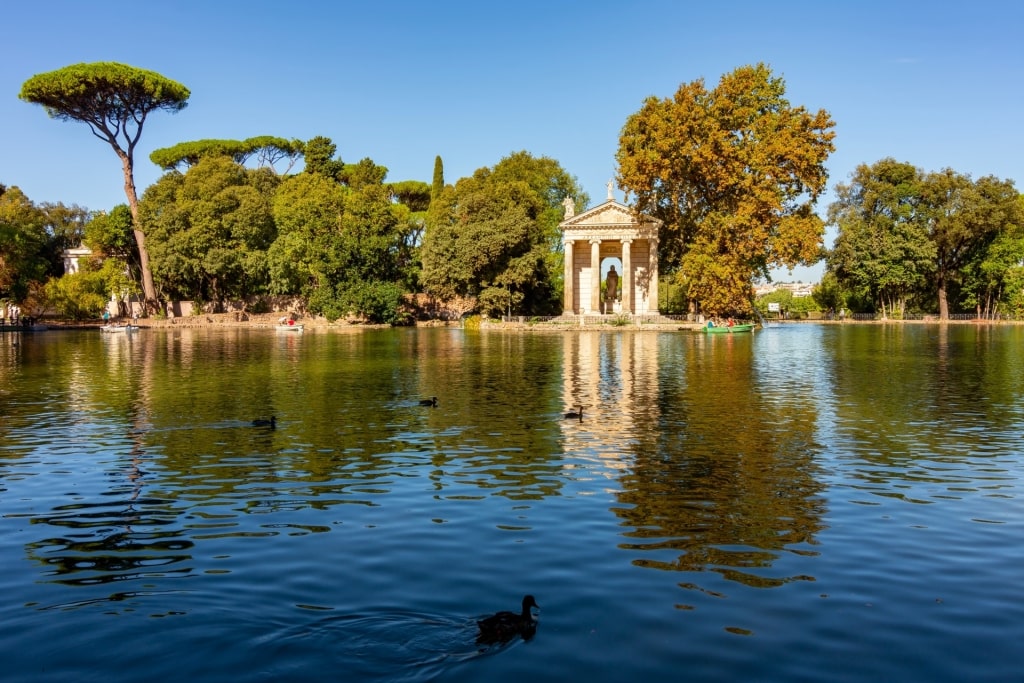
Villa Borghese
Another major draw is the Villa Borghese park and landscape garden. With a history that dates back to the beginning of the 17th century, visiting this beautiful and eclectic park is one of the best things to do in Rome with kids.
It contains the world’s smallest cinema, a zoo, a replica of Shakespeare’s Globe Theatre, a 19th-century water-powered clock, and a spectacular art gallery.
Testaccio
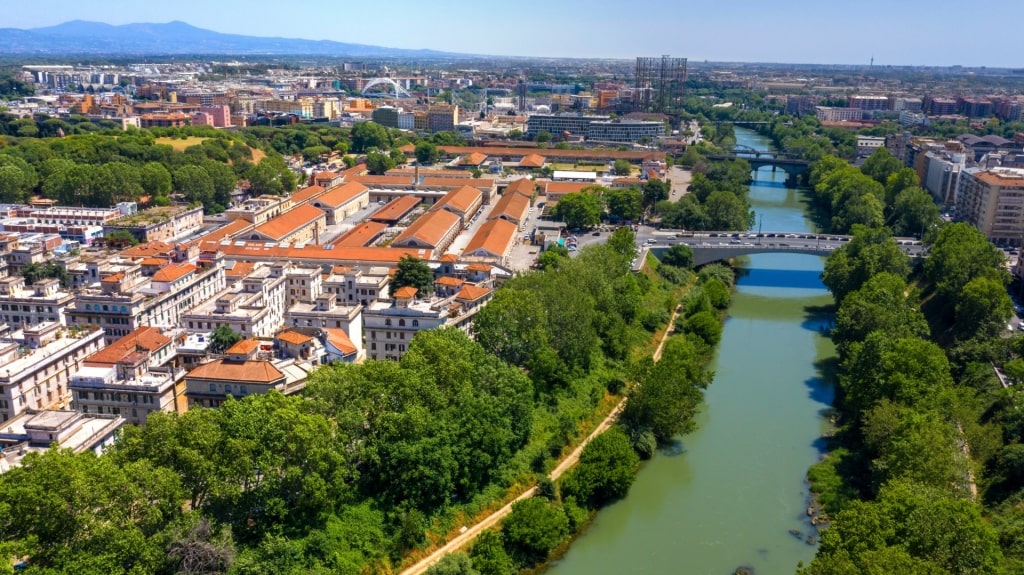
Testaccio
A trading hub in Roman times and historically a working-class neighborhood, this Tiber-side area was designed as a grid of houses to supply manpower for the centrally located Il Mattatoio slaughterhouse.
Today the disused slaughterhouse is a venue for concerts and art shows, a symbol of the pace of gentrification in this idiosyncratic rione. Another Roman landmark here is the tiered Testaccio Hill, which is composed entirely of shards of earthenware amphorae dating back to the Roman Empire.
Despite such profound social change, Testaccio has managed to retain its identity. As the location of AS Roma’s first pitch, the atmosphere in Testaccio’s bars is electric when the city’s soccer team is playing a game.
It’s also become one of Rome’s neighborhoods most loved by the gourmet. This is because of the development of the traditional offal-based recipes that grew from the historic hardship seen in this rione.
For a deep dive, find a table at Checchino Dal 1887 for rich, complex Italian dishes along the lines of testina di vitello or “calf’s head cheese”.
Read: Best Beaches Near Rome
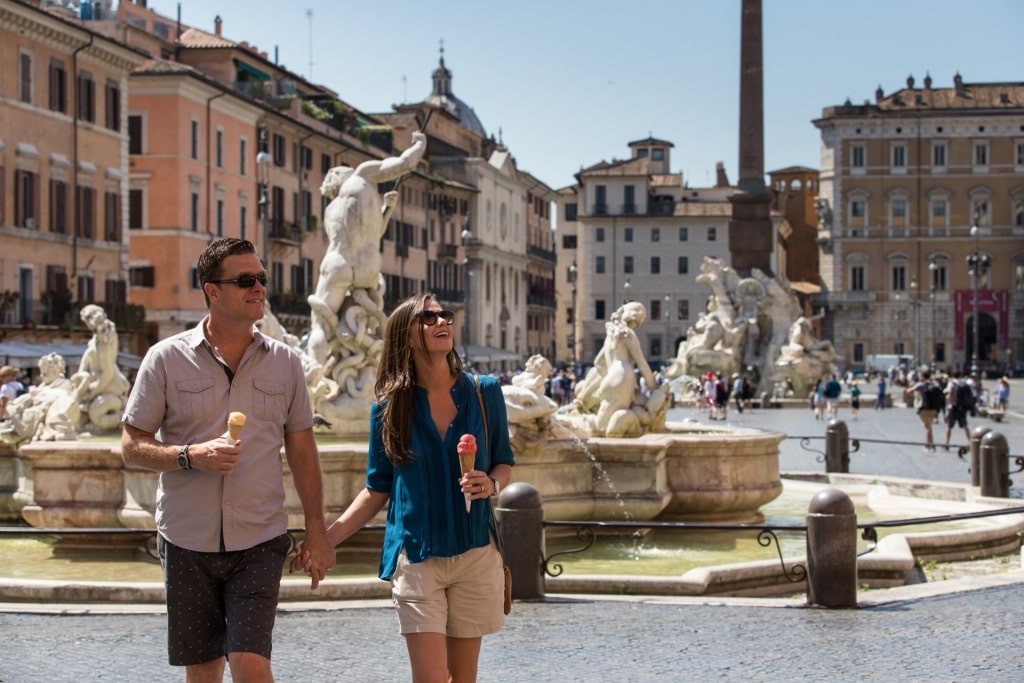
Piazza Navona
Explore the cuisine, history, and eclectic vibes of Rome’s neighborhoods on a cruise to Italy. Browse our Rome cruises and book a premium vacation to this beautiful country today.


